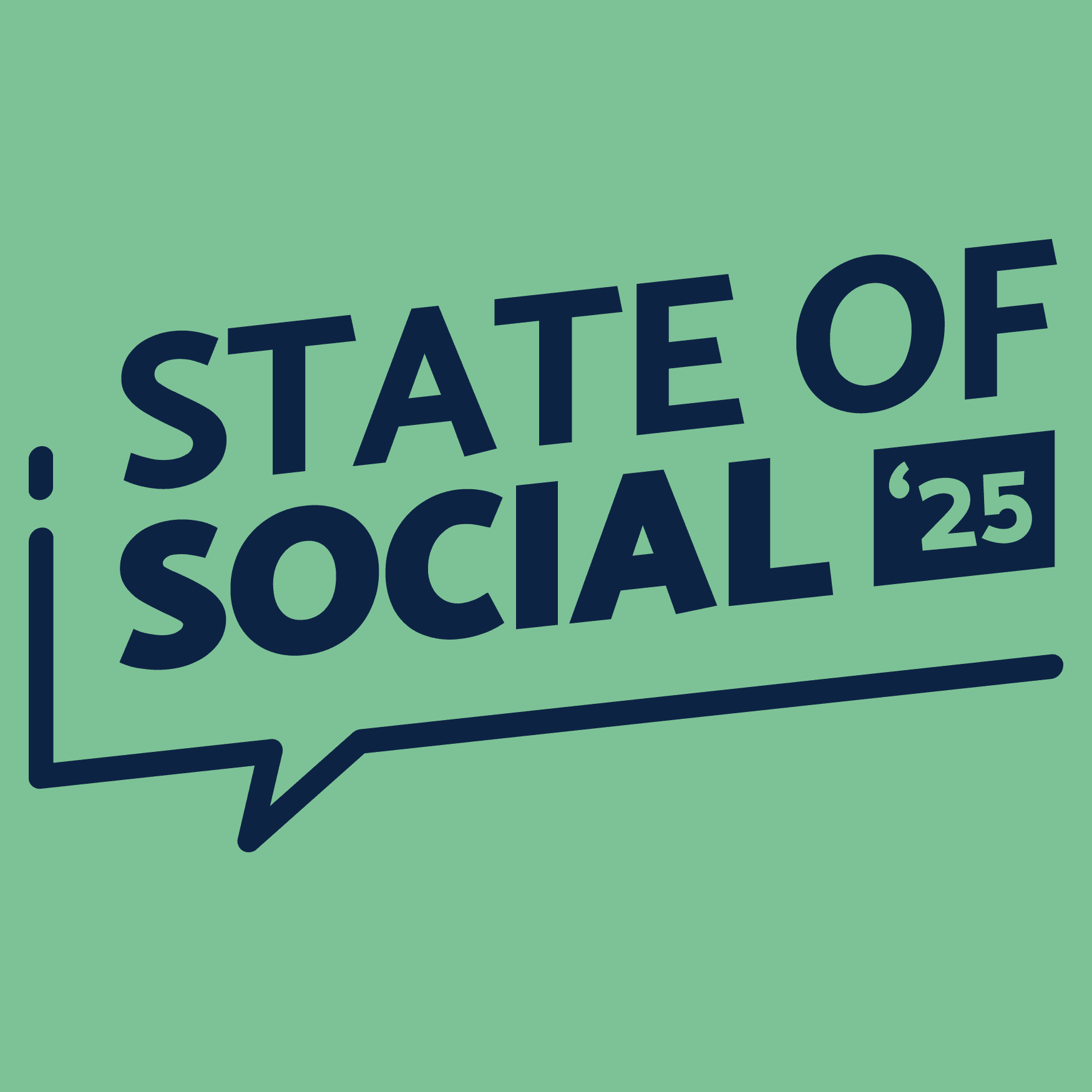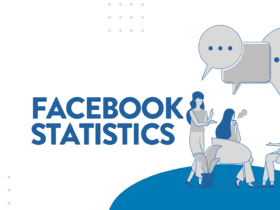Don’t fear the roboot uprising
Facebook automation shouldn’t be feared. It should be embraced for the flexibility it offers brands and customers. But not all automation is created equal.
TL;DR: What to know now
What is Facebook automation?
Facebook automation means utilising Facebook’s tools to help you simplify your daily Facebook tasks, such as posting and replying to customers.
Scheduling posts on Meta Business Suite and setting up automated replies on Messenger are examples of Facebook automation.
Facebook automation allows you to focus on content creation and community engagement, while Facebook handles the tedious elements of running your page (or pages).
Before diving into the world of Facebook automation, it’s essential to understand that there are good and bad tools, strategies, and implementations. Let’s dive in.
Bad Facebook automation
Bad Facebook automation is easy to spot, and that’s because it often looks and feels like spam.
When it comes to automation, as a rule, avoid the following:
Buying followers
Buying followers does not help your page – while followers are up, engagement rate, reach, and impressions will be down because these bots need to interact with your account. You could also get flagged by Facebook for buying fake followers, so it’s not worth the risk.
Automating likes and comments
Sometimes, pages use bots to comment and like their posts to increase engagement. It’s obvious to other users that these are bots, and it does not fare well for your brand’s reputation.
Using chatbots
Using customer service chatbots is an interesting form of automation and could sit in both the good and bad categories. While chatbots may work for big companies that need to be contactable 24/7, they can also be risky. Chatbots could frustrate customers with their lack of human sympathy or concern, and they may need help understanding slang or misspellings.
Your customer relations will benefit from a team member replying to messages, not a robot.
Good Facebook automation
Good Facebook automation allows you to save time with all the tedious (but necessary) tasks so you can spend more time making content and focusing on your community.
Here are some examples:
Scheduling posts
Once you have planned your content for the week or month, scheduling these posts to go up at optimal times is a big time saver.
A/B testing your Facebook ads
A/B testing allows you to test multiple versions of a similar ad to determine which resonates best with your audience. Let’s say you have two ads, each with a different image. A/B testing automation will show each version to a segment of your Facebook audience and let you know which one performed best. This automation helps you choose the best ad possible for your demographic, saving you time and money and, hopefully, resulting in a higher conversion.
Automated replies to initial (and we mean initial) customer service interactions
You can automate your first direct message reply to acknowledge to your customer that the message has been delivered and someone will reply soon. It’s also handy to include other forms of contacting you, such as an email address or phone number, and FAQs, such as opening hours. Below is an example of a practical automated response to an inquiry.
Implementing automation into your brand or business’ social media strategy isn’t something you should take lightly. Make sure you do your research and only trust reliable and tested tools. Download our free Facebook Audit and discover all the secrets that will help you improve your Facebook efforts for your business!
A Facebook Audit offers valuable insights into whether or not your content is connecting with your followers.








LET’S CONNECT